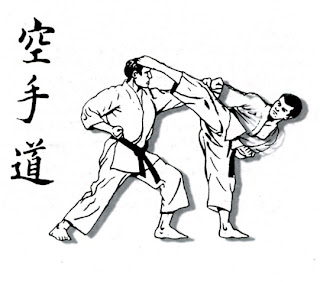Tai chi is the combination of soft and hard style
technique and it is the type of internal Chinese martial arts. It is practiced
for self defense and health benefits. Tai chi chuan means "supreme
ultimate fist" or "boundless fist". Created by Zhang Sanfeng a
legendary Chinese Taoist priest in 12th century. He was inspired to create a
72-movement when he observed the bird attacking a snake and its defensive
tactics. It remained still and alert in face of the birds onslaught until it
made a lunge and fatally bit its attacker. He is also an expert in white snake
and crane styles.
Qi Gong means a “Life Energy Cultivation”,
it is practice to cultivate a balance, it is a practice of aligning breath, movement,
and awareness for exercise, healing, and meditation. Qi
(or chi) is usually translated
as life energy, lifeforce, or energy flow, and definitions often involve
breath, air, gas, or relationship between matter, energy, and spirit.[6]
Qi is the central underlying principle in traditional Chinese medicine and martial arts. Gong (or kung)
is often translated as cultivation or work, and definitions include practice,
skill, mastery, merit, achievement, service, result, or accomplishment, and is
often used to mean gongfu (kung fu) in the traditional sense of
achievement through great effort. It develops the calmness and relaxation of
the body.







